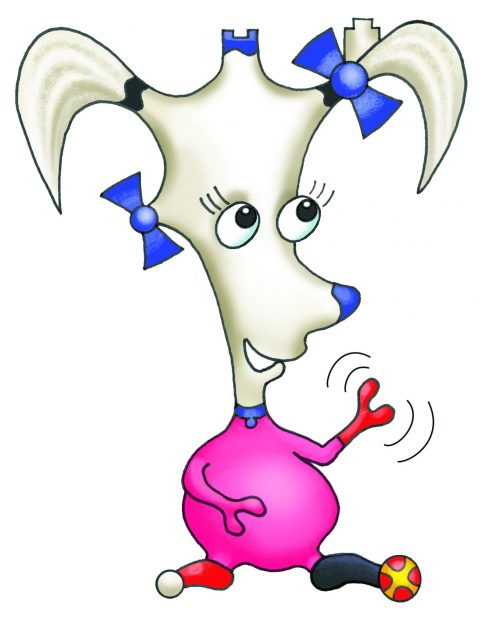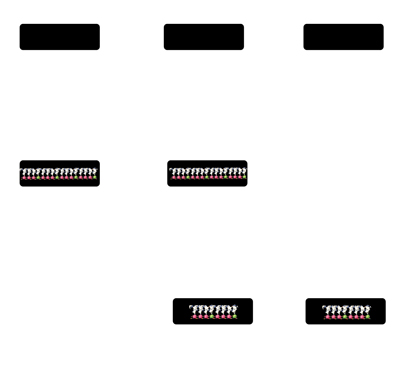Your lawyer is on the phone. That lovely 100 acre estate that you visited last Thursday with a friend has just become yours. Beautiful parkland, ponds, woods, and a gorgeous home all at your feet.
Then you wake up, remember you need to make dinner and scramble to the freezer for instant inspiration. You pull out a large Tupperware that has lost its label. Frozen, it could be anything, so you look for a match to indicate its contents.
The red lid on the container suggests its age – you were wondering where that tub had gone to! Opening it, you see a brown pallor with flecks of orange and red. The surface is broken by little, regular bumps and you remember the carrot and kidney bean chilli experiment, confirming that this concoction is edible.
It’s a match!
Matching as many components as possible is one way to confirm and identify. The more matches the better. Scientists and police forces have known this for years and since 1985 have used it regularly. They call it DNA fingerprinting or profiling.
 Hi, Alina here! Me and my friends and cousins make the rules and instructions for your body. You might know us as DNA. Our instructions are in the way we line up – or our sequence.
Hi, Alina here! Me and my friends and cousins make the rules and instructions for your body. You might know us as DNA. Our instructions are in the way we line up – or our sequence.
Our sequence is really important as it is our way of communicating those instructions. The order we stand in is the key to understanding them.
Your DNA is not all the same
There are 3.2 billion of us in each of you and 99.9% of us will be identical. But about 0.1% of our sequence won’t be. That makes 3 million of us who stand in a different order! Mostly it is just the odd change in a long sequence. But sometimes it is more than one and we keep repeating ourselves. The number of these repeats is different for everyone.
Some have a sequence where we only repeat ourselves a few times. Others have a sequence where we repeat ourselves hundreds of times.
Your DNA is not all the same – oops sorry, said that before.
Our repeat sequences are called markers, and in order for scientists to separate them, they cover us with a dye and make us run in a straight line through a really thick gel. The less repeats in a sequence (or marker), the faster we can run through the gel.

The more of our markers they test, the more sure scientists can be of a match.
Half of all your DNA comes from your Mum and the other half comes from your Dad. Your Dinky Amigos markers will be a mixture of your parents. If one marker doesn’t match your Mum’s sequence, it should match your Dad’s. That goes for your siblings too. Unless two people are related, it is highly unlikely that their markers will all be a similar length.
Identification is key and the more matches there are, the better the confirmation.

